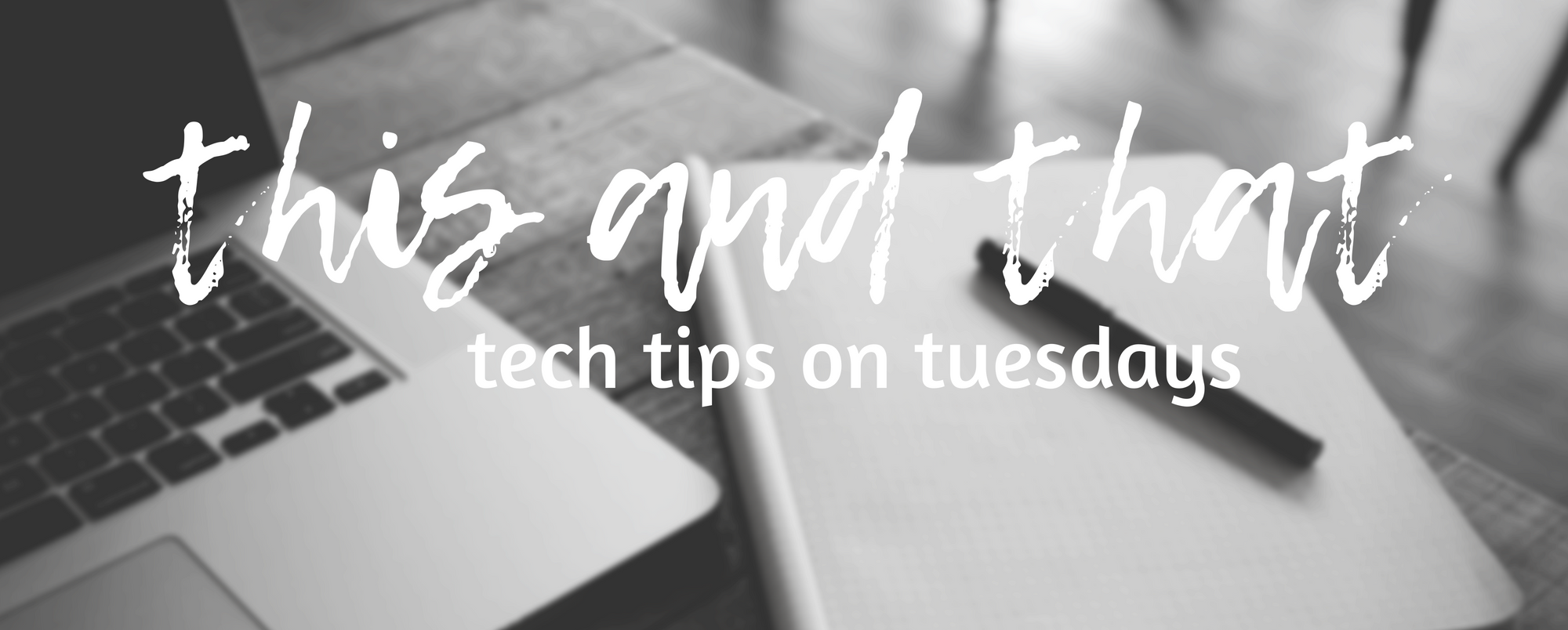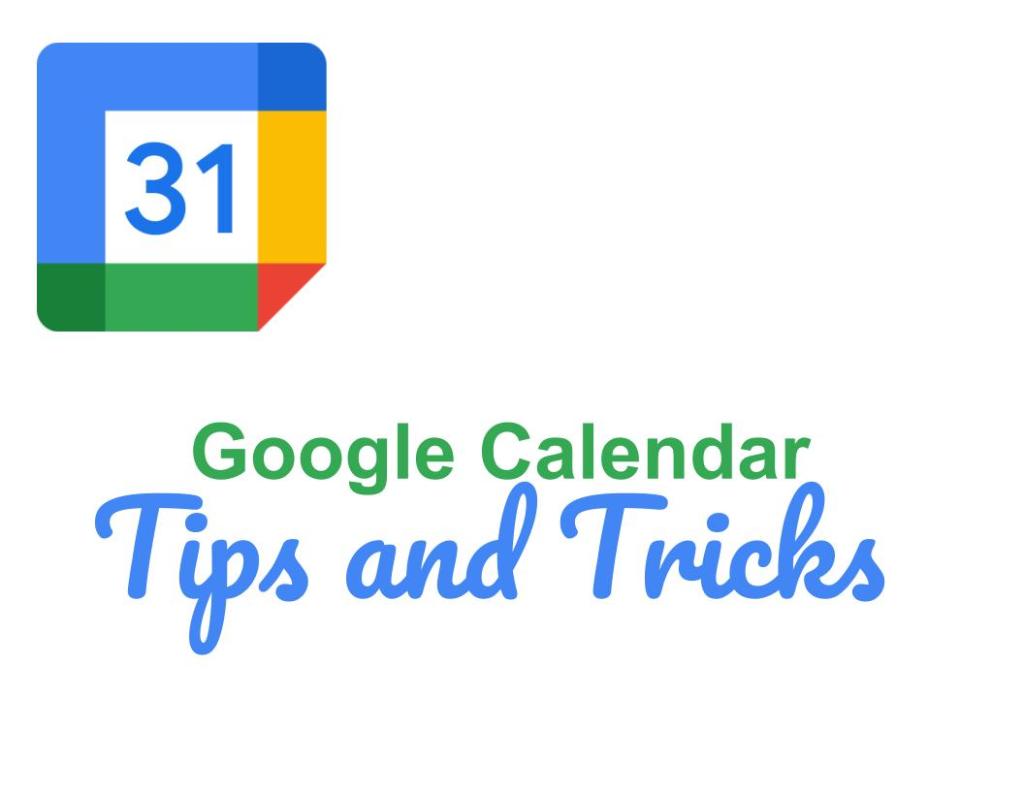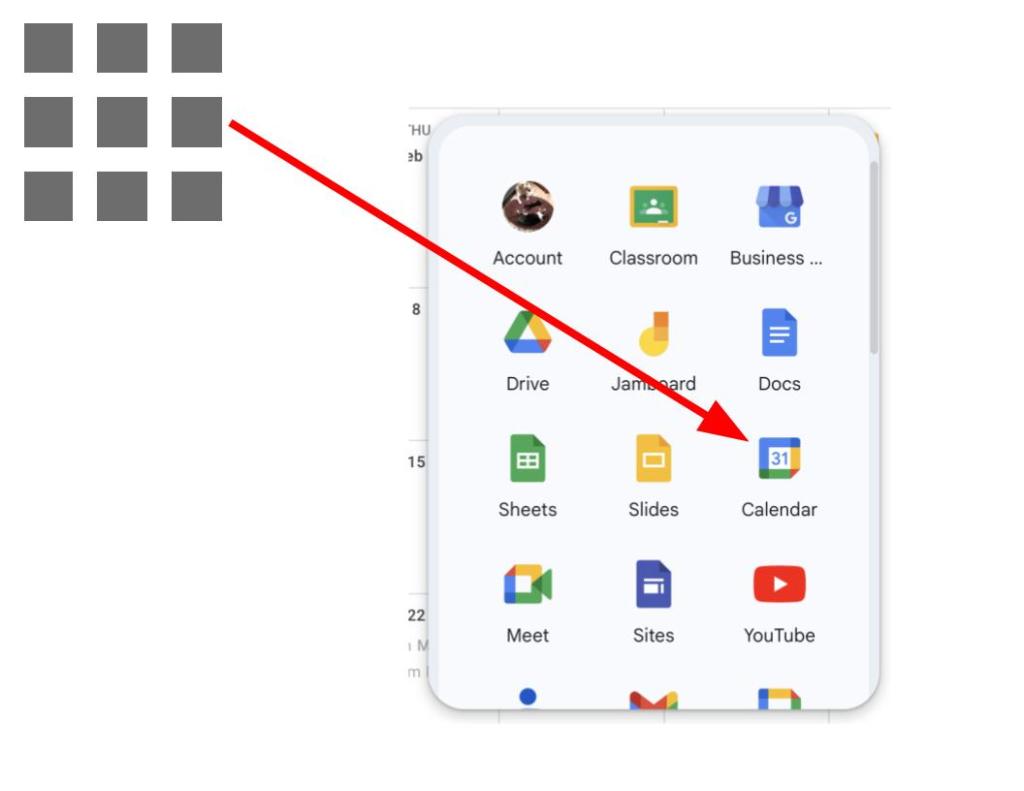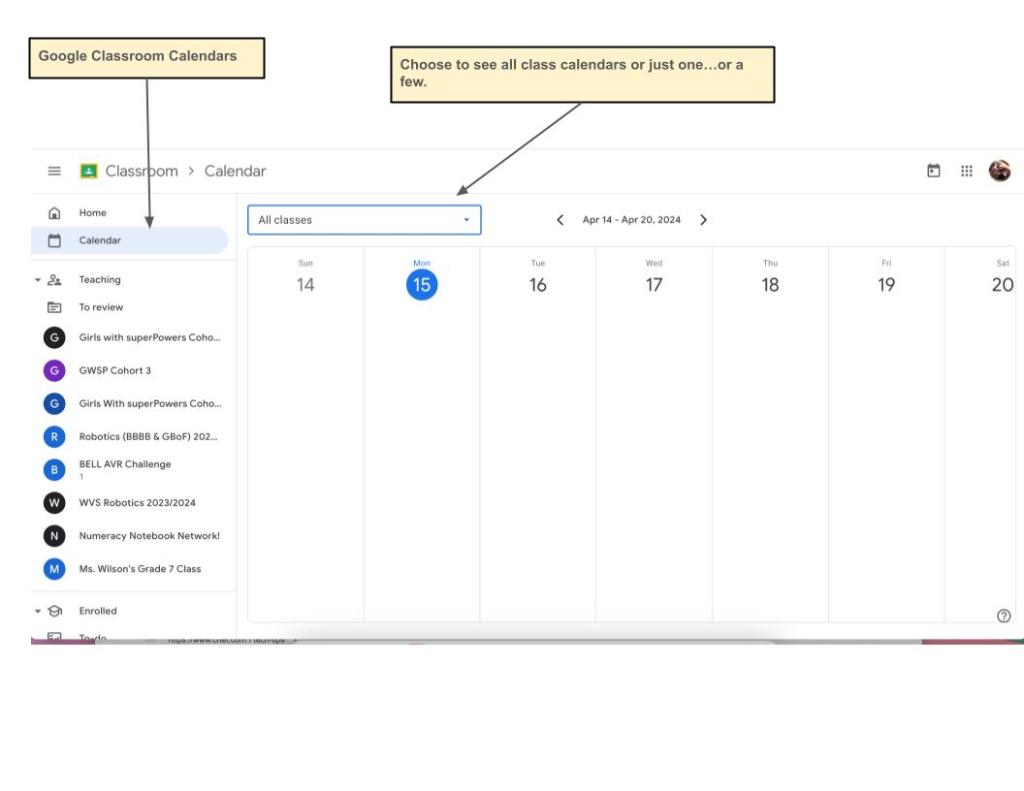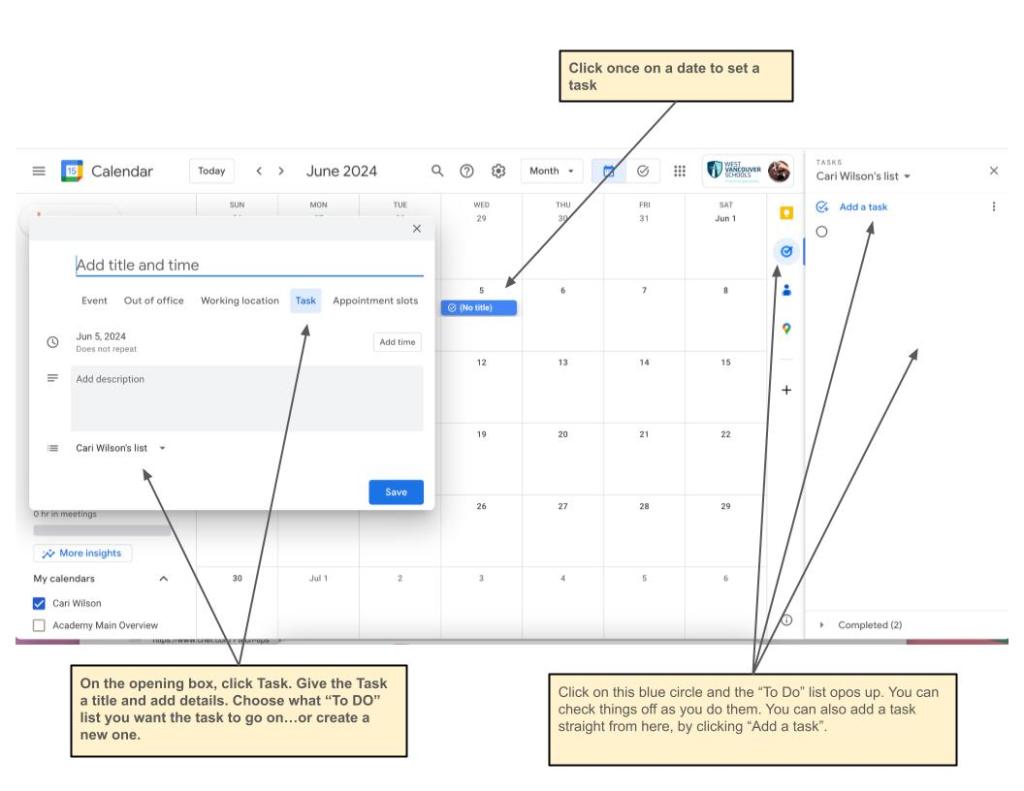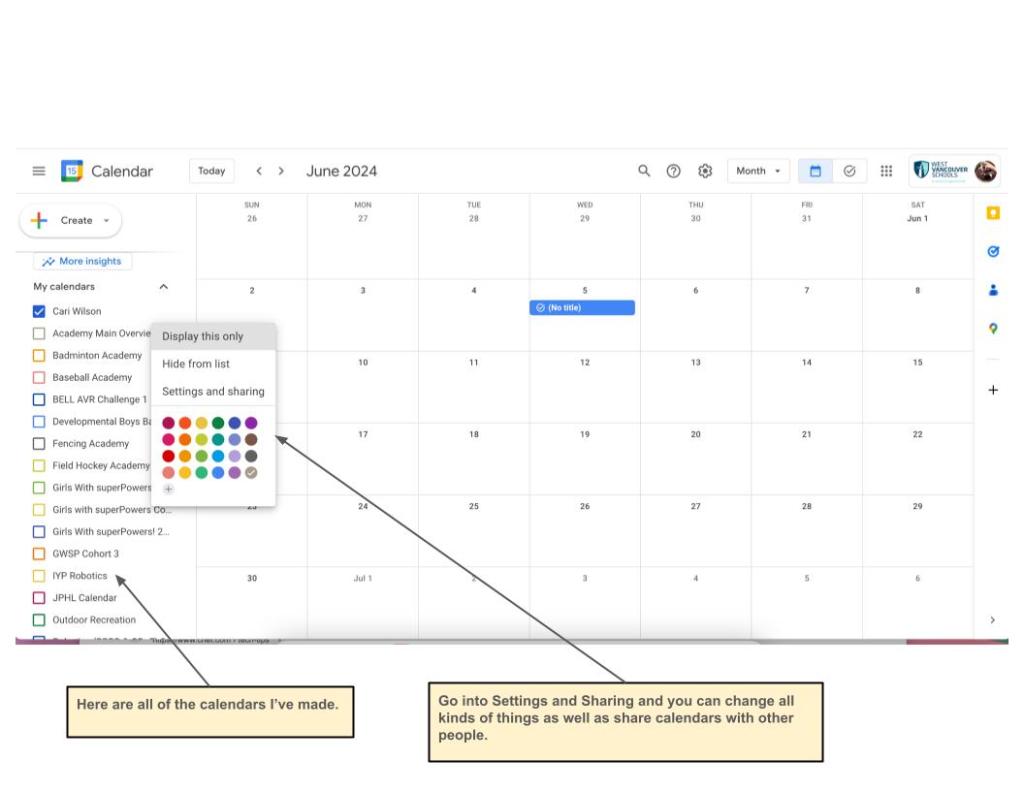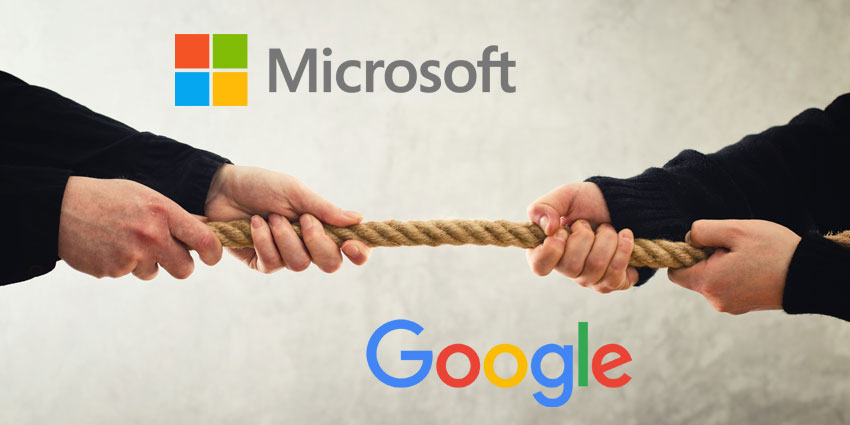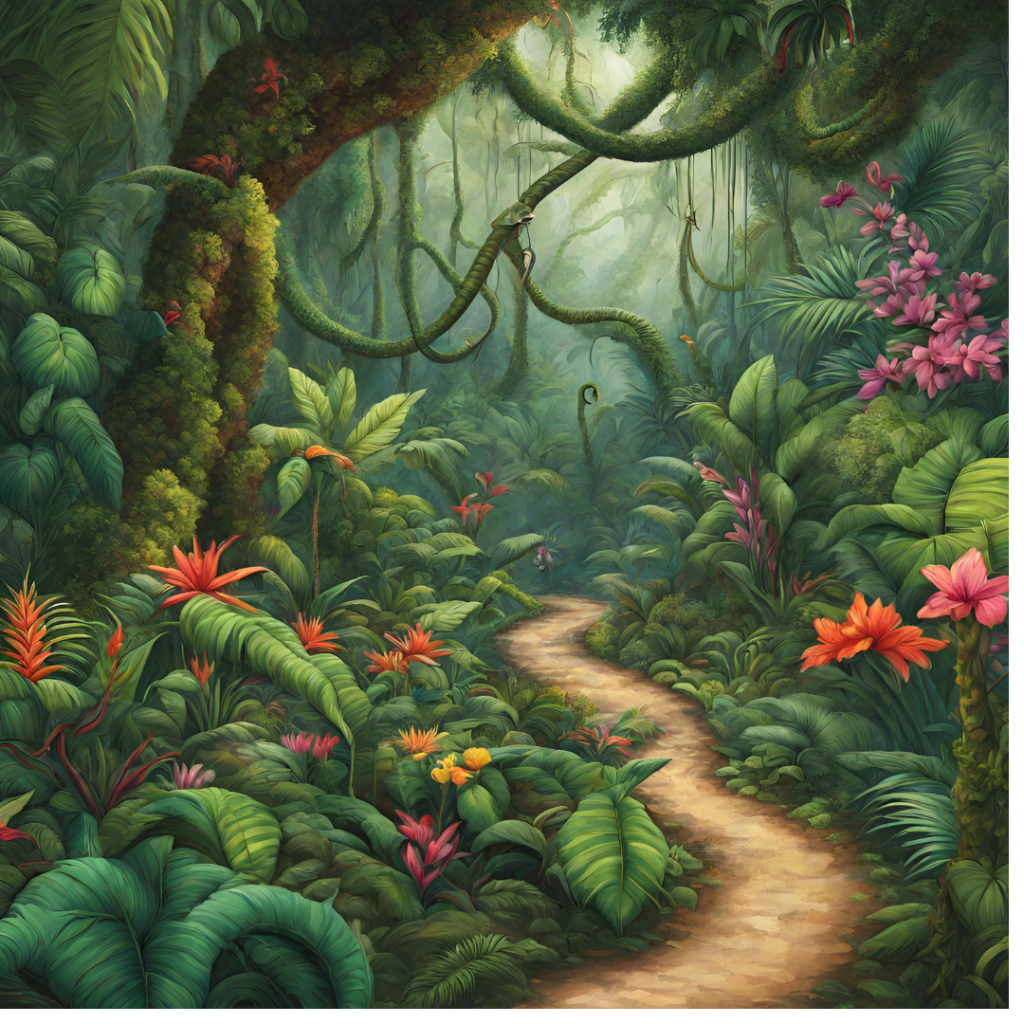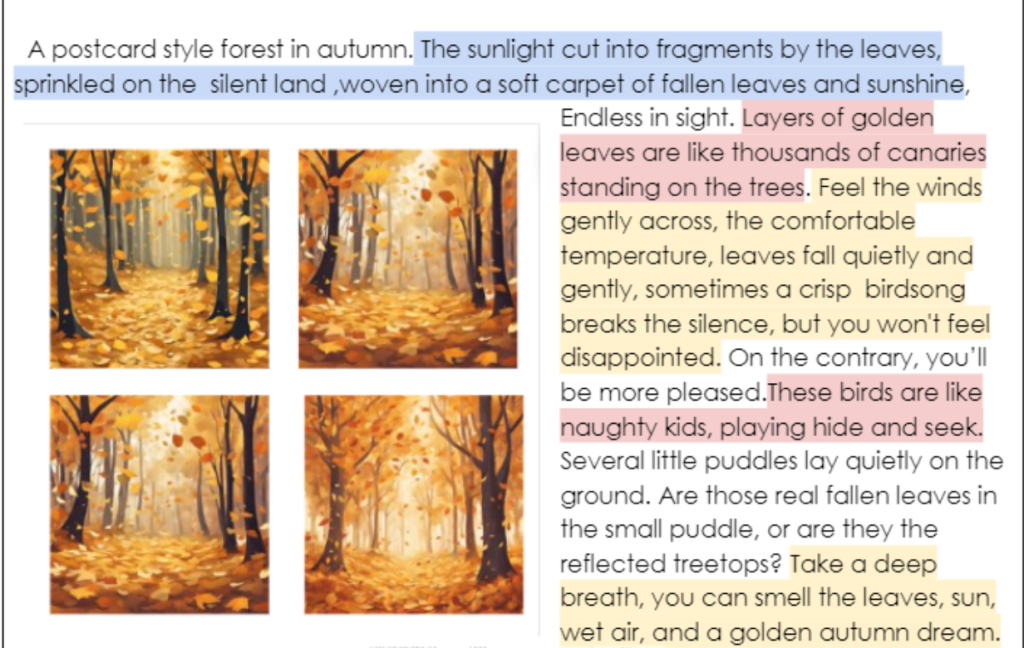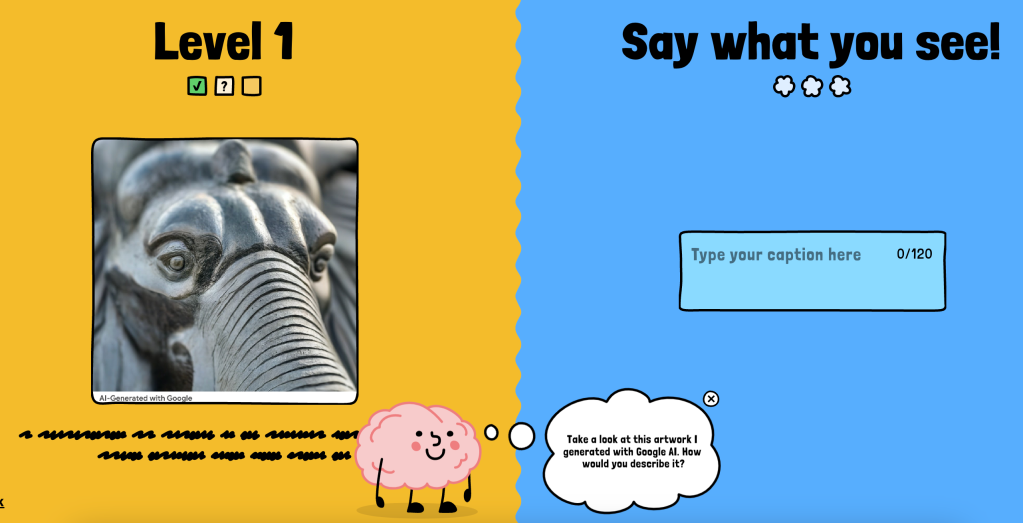This post is the third in a series of posts about digital calendars and using them. This time, we’ll focus on Outlook’s calendar functionality.
In our district, students do not use MS, O365 or Outlook as their learning platforms, so I am going to strictly look at how educators can use Outlook’s calendar.
Even though I use Google for most of my work, I do use the calendar in Outlook as my main digital calendar, strictly because it is right there as a part of my email so it’s easy to use.
I use the version of Outlook that can be accessed by going to the district website and logging in to my account, rather than the version that lives on my device. They look a little different but the functionalities are basically the same.
This video covers all of the basics you would likely need. Notice that the video is broken down into “chapters”. Here is a screenshot of the chapters and when each one starts:

Like Google Calendar, Outlook’s calendar is functional. It works and it works well but it’s pretty boring.
If you want something more “fun” looking, there are loads of online planners and schedulers you could use. The only proviso I would add is to remember not to put anything personally identifiable into them (marks, names, contact info of students or families). Oh yeah….one last thing. Beware of free. There is usually a reason something is free and often it is because they are collecting data from you, so dig into terms of use before you go free.
Next week….a total change of pace!
